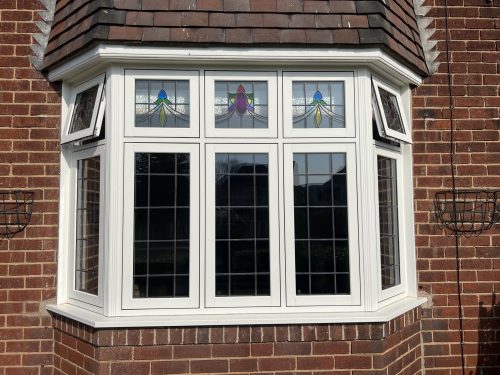
In the realm of home improvement, flush casement windows have gained significant traction for their sleek appearance and superior functionality. As a key component of their design, the construction of their joints plays a crucial role in the aesthetic appeal of these windows. At Goliath Home World, we specialise in providing top-tier flush casement windows, utilising both welded and mechanical corner joints to suit various architectural needs and preferences. This blog explores the nuances between these two types of joint construction, helping homeowners make informed decisions for their properties.
Before diving into joint construction, let’s briefly touch on what sets flush casement windows apart. Characterised by their flat, flush appearance when closed, these windows offer a clean, minimalist look that complements both traditional and modern homes. Beyond aesthetics, they provide excellent thermal efficiency, security, and noise insulation, making them a popular choice among discerning homeowners.
Welded joints are created when the corners of the window frame are fused together under heat to form a continuous, unbroken bond. This process results in a sleek and smooth finish, free of any visible lines or joints, which is particularly appealing for modern and contemporary homes seeking a minimalist aesthetic.
Mechanical joints, on the other hand, involve assembling the window frame corners with hardware, allowing for a more traditional appearance that replicates the look of classic timber joinery. This method is especially favoured in heritage homes or properties aiming to preserve a period-correct aesthetic without sacrificing the benefits of modern uPVC frames.
The decision between welded and mechanical corner joints for your flush casement windows largely depends on your home’s architectural style, maintenance preferences, and desired aesthetic. At Goliath Home World, we pride ourselves on offering bespoke solutions that cater to the unique needs and visions of our customers. Whether you’re drawn to the sleek, modern appeal of welded joints or the classic charm of mechanical joints, our team is dedicated to delivering excellence and satisfaction.
Flush casement windows are more than just a functional element of your home; they’re a statement of style and a testament to craftsmanship. Understanding the difference between welded and mechanical corner joints allows homeowners to make choices that align with their aesthetic desires and practical requirements. At Goliath Home World, we’re committed to providing high-quality, tailor-made window solutions, ensuring that every detail, down to the very joints, meets your expectations for beauty and performance.
Discover the perfect flush casement windows for your home with Goliath Home World. Contact us today to explore our range and find out how we can enhance the look and feel of your property.
Experience the quality and craftsmanship of our mechanical and welded flush casement window frames firsthand by visiting our Cannock showroom. See the difference in person and find the perfect fit for your home.
Tel: 01543 466464
Email: sales@goliathgroup.net
Address:
Goliath House
Navigation Way
Hawks Green Business Park
Cannock
Staffordshire
WS11 7XU
Showroom open Monday to Friday 9.00am – 5.00pm
Goliath Home World Limited Copyright @2020 | Company Reg No: 02115830 | Registered In: England and Wales.